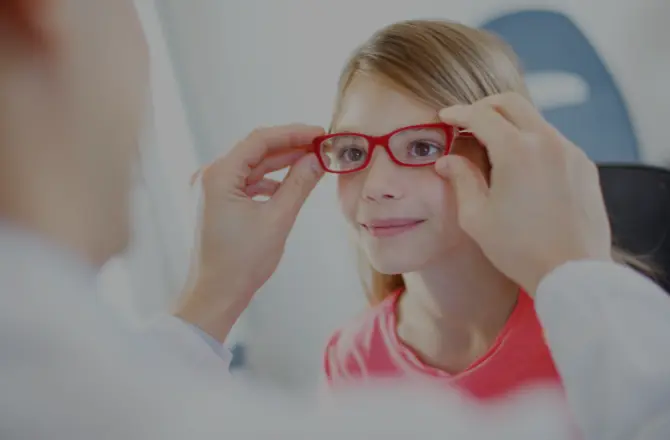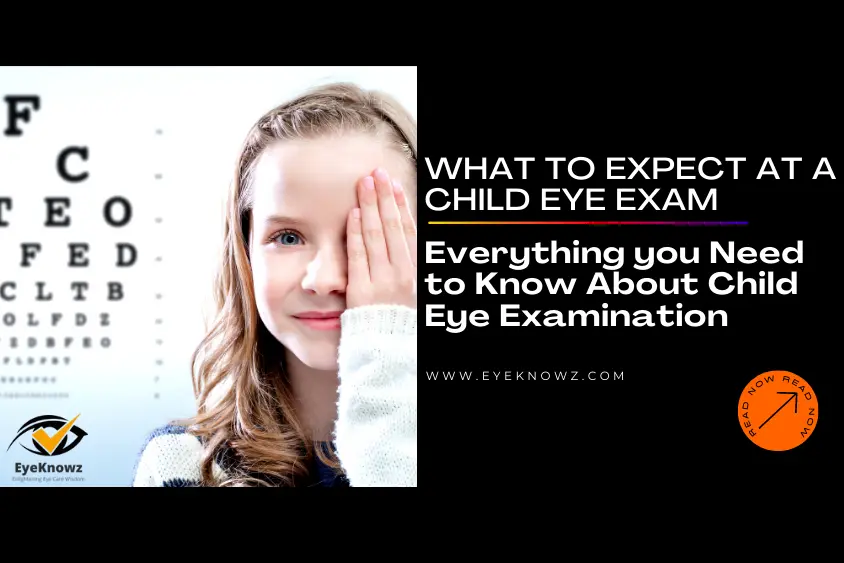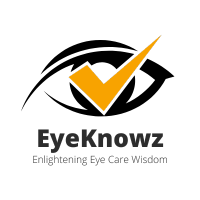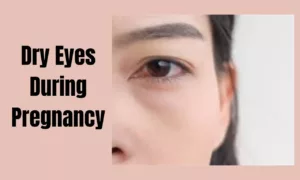It is essential to take comprehensive eye exams for your child timely for ensuring their eye health and proper vision. Most of the tests included in these exams are the same as that are conducted during an adult exam. But the main objective of the children’s eye exam is to follow the protocols keeping in mind problems specifically related to the children. In this article, we will talk about what to expect from a child’s eye exam. Moreover, we will share the right time to consider an eye exam for your child and how often you should take these exams. We will also highlight why these exams are important for your child and the difference between child vision screening and the proper child exams.
What to Expect at a Child Eye Exam?
It is important to prepare yourself for your child’s eye exam beforehand so that you don’t have to deal with the anxiety later. Moreover, this will keep you aware of any necessary preparations and protocols that you have to consider for your child’s exam. It is often intimidating for the children as well as their parents to visit an optometrist especially if they are experiencing it for the first time. But with the help of this guide, you can know what to expect at your child’s exam so that you are fully prepared for that experience. One thing you should know is that every eye exam is different from the others depending on your child’s age and specific needs. Here we have divided a few common things that you can expect at your child’s eye exam on the basis of different age groups:
For Infants
Infants include children having an age between 6 months to 2 years. The main purpose of infant eye exams is to test for color vision, eye-focusing skills, and depth perception. There are usually 3 most popular tests that are run to make sure that your infant’s eyes are functioning and developing normally.
- Fixate and Follow: In this test, the fixation ability of the baby’s eye is measured along with observing how his eyes will follow as the specialist moves an object. The fixation ability usually develops in kids within the first month of birth. In the next 2 months, the ability to follow an object also develops in your child.
- Pupil Responses: Pupil response tests for infants are also conducted during an eye exam to check the response of your child’s pupil. This involves using a light source to check the opening and closing of the people of the child in the absence or presence of the light.
- Preferential Looking: Third is the preferential-looking exam in which special cards are used to check the baby’s vision. These cards are striped on one side and blank on the other. The striped side is used for attracting babies’ gaze and measuring babies’ vision levels.
For Preschool Children
Preschool children have an age range of 2 years to 5 years. This is their age to learn drawing, stacking blocks, playing with balls, coloring, cutting paper, building Lego pieces, and much more. A detailed exam is conducted for preschool children which involves a series of tests including visual activity, stereopsis or 3D vision, convergence, and ocular health. These are followed by the lazy eye, eye tracking, and color vision test. One thing that you must know is that visual skills are very important for the proper development of your child’s eye health. This also helps in preparing your child for the school years in the future. Children are in the process of constant learning where they develop and master new skills every day. The proper development of visual skills is very important in your child so that they can learn eye-hand coordination, perception, and fine motor skills.
When Should my Child have their First Eye Exam?
The recommended age for the first eye exam of your child is 6 months. This is important to make sure that your child’s eyes are functioning and developing normally. Once you pass this stage of the initial testing process make sure to follow the annual visits also. The best age for a second eye exam is 2 or 3 years before your kids start going to school.
Importance of a Child’s Eye Exam

Same as adults eye exams are also very essential for your children. Rather we can say that it is more important for children to follow their regular eye exams as compared to adults because they are in a continuous state of change. This is the age where there is development which means that there can be rapid changes in their eye health which you must monitor. It is obvious that a child with a clear and strong vision will be better able to focus on his skills and success in school. Whereas if your child is suffering from any vision issues or eye diseases it will be difficult for him to manage his tasks in the upcoming years. Routine exams are important to timely diagnose any conditions in your child followed by the timely treatment of these problems. This can save your child from any temporary or permanent eye complications.
Vision Screening Versus Comprehensive Eye Exam
Screening tests are not a replacement for detailed eye exams that are conducted by qualified and specialized optometrists. Violation tests only alert people regarding lazy eyes or myopia. Whereas eye exams help in detailed checkups of the eyes considering every aspect.
How Often Should A Child Get an Eye Exam?
You should take your child for an eye exam at least once a year to stay informed regarding any possible eye conditions and complications.
Conclusion
Child Eye Exams are not something you should be worried about. Take them as routine eye checkups that are done to ensure the maintenance of your child’s eye health. This keeps you aware of any vision complications that your child might be experiencing. As a benefit, you can get the issue timely diagnosed and treated. Make sure not to delay or miss out on your child’s eye exam appointments for the health and safety of your child.
FAQs
What does a color vision exam involve?
In this exam pictures with specific colors are shown to your child and they are asked to distinguish between the different colors. This is one of the most common eye exams and is also referred to as the Ishihara Test.
Why is retinoscopy performed?
In retinoscopy, the refractive error of the eye is measured with the help of a retinoscope. This instrument acts as a light source and is flashed on the eye for observing the reflex (reflection) of the retina. This is helpful in the diagnosis of issues concerning your child’s vision such as myopia.
What does the ocular examination include?
The ocular examination includes a thorough checkup of the iris, retina, cornea, lens, and eyelids. This test is done to diagnose ocular issues in your child’s eyes such as glaucoma, Infantile cataract, and tumors.






